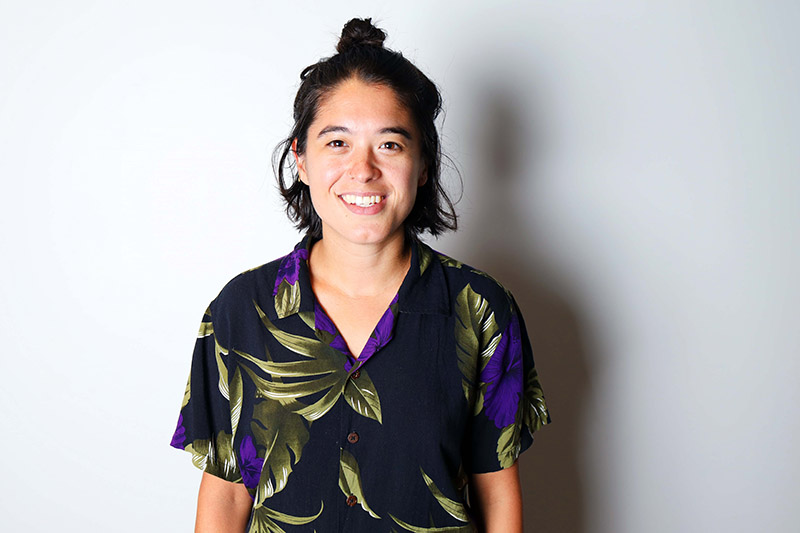Saving a bottle of wine from a special occasion literally bottles up some of that joy for a future date. It can be a wine served at one’s wedding or a vintage from a child’s birth year. But is aging wine really as simple as leaving a bottle on the shelf?
With my wedding coming up, I’m thinking of how to extend the special day for years to come. Dean of Wine Studies and Master Sommelier Scott Carney, who teaches Intensive Sommelier Training at ICE’s New York campus, helped me dive into this ancient art to understand the benefits of aging wine and some tips to keep in mind during the process.
Related Read: Know Your Wedding Cake Math
Why Age Wine?
“Wine is thought to gain in complexity through its life, shedding the immediate attractiveness of youthful fruit and bringing about secondary and tertiary flavors and aromas that develop through the slow but sure ingress of oxygen through the bottle’s cork,” Scott says.
Aging wine doesn’t preserve the exact flavors and aromas of a wine, instead, it’s an opportunity to see how the wine changes from exposure to oxygen.
“One reason wine became so famous was its ability to change, and often improve, over time,” Scott says. "One of the joys of collecting wine is to, say, buy a case of wine and check in on it through its evolution. I like to say that when you've opened one and believe the wine has reached its 'peak,' that’s when you throw a dinner party, [and] open six bottles. But you also want to keep a bottle or two to witness its dignified decline as the wine wanes into old age."
How to Age Wine
Don’t just leave a bottle of wine on your shelf and call it aging. Scott recommends purchasing a wine refrigerator to have the most control over a wine’s storage conditions.
“A constant storage temperature of roughly 55°F with say 70% humidity is optimal for protecting a wine through its developmental stages.,” he says.
Even if you don’t have much space, Scott says there are small wine storage units available for apartments that can store 25-30 bottles.
As for how to physically store wine, Scott advises laying red and white cork-formatted bottles on their side. This will keep the wine in contact with the cork, ensuring that the cork stays moist, and does not dry out and shrink. Corks allow a very small controlled amount of oxygen to be exposed to a wine, which as Scott mentioned above, is a major part of the aging process. If a cork shrivels, you lose some of that control and the wine may over-oxidize.
Store bottles with their labels face up for easy identification, “but, more importantly in the case of red wines, any sediment precipitated over time will fall to the back side of the bottle and be decanted away from the wine that will be drunk,” Scott says.
Additional storage tips from Scott include avoiding placing the bottles around any bright lights as these rays can damage wine. He also notes that there shouldn’t be “any constant or even occasional vibration near the storage unit as the agitation can unduly act upon the wine’s development.”
Related: How to Choose a Wine Glass
Selecting Wines for Aging
Some types of wine are better suited for aging than others.
“Not all wines are intended to be aged,” Scott says. “Many are ‘drink the current vintage wines,’ [which]…are prized for their immediate attraction of fresh vivacity and fruity charm.”
This means many wines won’t benefit from aging. Though they won’t degrade after a year, these wines should be consumed within a reasonable amount of time.
One varietal that Scott says is traditionally good for aging is Cabernet Sauvignon.
According to Scott, when you want to age a wine, “you are looking for a structural dimension — a constellation of tannins, alcohol and acids — that forecast staying power. To simplify, Pinot Noir is a thinner-skinned grape than Cabernet. Thicker skins are where you find the tannins that would bring about aging capacity. So, while Pinot Noir is certainly ageable, it is not thought to be as long-lived as wines based on Cabernet Sauvignon.”
You can also ask your local wine store for a recommendation for a bottle that can benefit from aging.
How Long Should Wine Be Aged?
According to Scott, “Wines that are expected to improve over time are frequently given estimated ‘drink ranges’ by wine journalists.”
For example, a wine journalist may recommend consuming a specific bottle between 2030-2035.
“In this way, different wines have different drinking windows," Scott says. "These recommendations are rough estimates that first pre-suppose perfect storage and second are only educated guesses.”
The best way to fully evaluate wine is by opening a bottle to taste and smell the wine itself. Use the wine’s color, aroma and flavor to determine how it’s aged, or if it was aged past its prime.
“In the case of an aged red wine, one that is over the hill will have lost much of its ruby color and would appear garnet or brown. On the nose, the fruit would be dried out or disappeared with some vinegary notes and earthy sometimes fecal unattractive smells,” Scott says.
The topic comes up in ICE's Intensive Sommelier Training course. Scott says that trying over-aged wines let students contrast the traits against well-aged, pure wines so they can learn to distinguish between the two.
A major takeaway from my conversation with Scott was the importance of caring properly for wine. While, I don’t think a wine fridge is in my future, many of the storage tips above are applicable to the wines in my home (which are currently standing upright, directly beneath a light). Thanks to his achievable, small changes, my storage setup will definitely be changing soon.
Want to Cook with Wine? Try our Coq Au Vin recipe.






